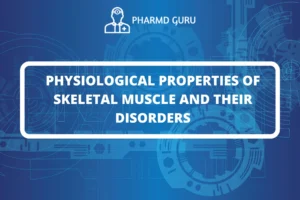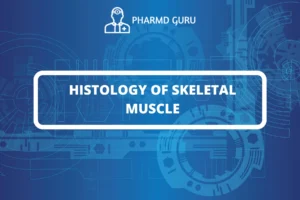The gastrointestinal tract (GIT) is a complex system responsible for the digestion and absorption of nutrients from the food we consume. It plays a vital role in our overall health and well-being. In this article, we will explore the anatomy and physiology of the GIT, understanding how it efficiently processes food to nourish our bodies.
SCROLL DOWN TO THE BOTTOM OF THE PAGE FOR ACTUAL NOTES
Table of Contents
- Introduction to the Gastrointestinal Tract
- The Structure of the Gastrointestinal Tract
- The Oral Cavity: Where Digestion Begins
- The Esophagus: Transporting Food to the Stomach
- The Stomach: Mixing and Breaking Down Food
- The Small Intestine: Absorption of Nutrients
- The Large Intestine: Processing Waste
- Accessory Organs of Digestion
- The Process of Digestion
- Regulation of Digestive Processes
- Common GIT Disorders
- Conclusion
1. Introduction to the Gastrointestinal Tract
The gastrointestinal tract, also known as the digestive tract, is a continuous tube that starts from the mouth and extends to the anus. It consists of various organs that work together to break down food, extract nutrients, and eliminate waste.
2. The Structure of the Gastrointestinal Tract
The GIT is divided into several segments, each with specific functions. These segments include the oral cavity, esophagus, stomach, small intestine, and large intestine.
3. The Oral Cavity: Where Digestion Begins
Digestion begins in the mouth, where food is mechanically broken down by chewing and mixed with saliva. Saliva contains enzymes, such as amylase, that initiate the chemical breakdown of carbohydrates.
4. The Esophagus: Transporting Food to the Stomach
The esophagus is a muscular tube that transports chewed and swallowed food from the mouth to the stomach through a series of coordinated muscle contractions called peristalsis.
5. The Stomach: Mixing and Breaking Down Food
The stomach serves as a storage and mixing chamber for food. It secretes gastric juices, including hydrochloric acid and pepsin, which aid in breaking down proteins and creating a semi-liquid mixture called chyme.
6. The Small Intestine: Absorption of Nutrients
The small intestine is the primary site for nutrient absorption. It is lined with millions of tiny finger-like structures called villi and microvilli, which increase the surface area for nutrient absorption into the bloodstream.
7. The Large Intestine: Processing Waste
The large intestine, or colon, is responsible for reabsorbing water and electrolytes from undigested food, forming feces. Beneficial bacteria in the colon also aid in the breakdown of certain substances.
8. Accessory Organs of Digestion
The GIT is supported by accessory organs that secrete digestive enzymes and substances to aid in the digestion process. These organs include the liver, gallbladder, and pancreas.
9. The Process of Digestion
The process of digestion involves both mechanical and chemical processes. Mechanical digestion occurs through chewing and mixing in the stomach, while chemical digestion involves the action of various enzymes and acids.
10. Regulation of Digestive Processes
The digestive processes are precisely regulated by neural and hormonal mechanisms. Hormones such as gastrin and cholecystokinin (CCK) regulate the secretion of digestive juices and the movement of food through the GIT.
11. Common GIT Disorders
Several gastrointestinal disorders can affect the normal functioning of the GIT, including gastroesophageal reflux disease (GERD), peptic ulcers, irritable bowel syndrome (IBS), and inflammatory bowel disease (IBD).
12. Conclusion
The gastrointestinal tract is a remarkable system that allows us to process food and extract vital nutrients for our bodies. Understanding the anatomy and physiology of the GIT helps us appreciate the intricacies of digestion and the essential role it plays in maintaining our health and well-being.
ACTUAL NOTES




